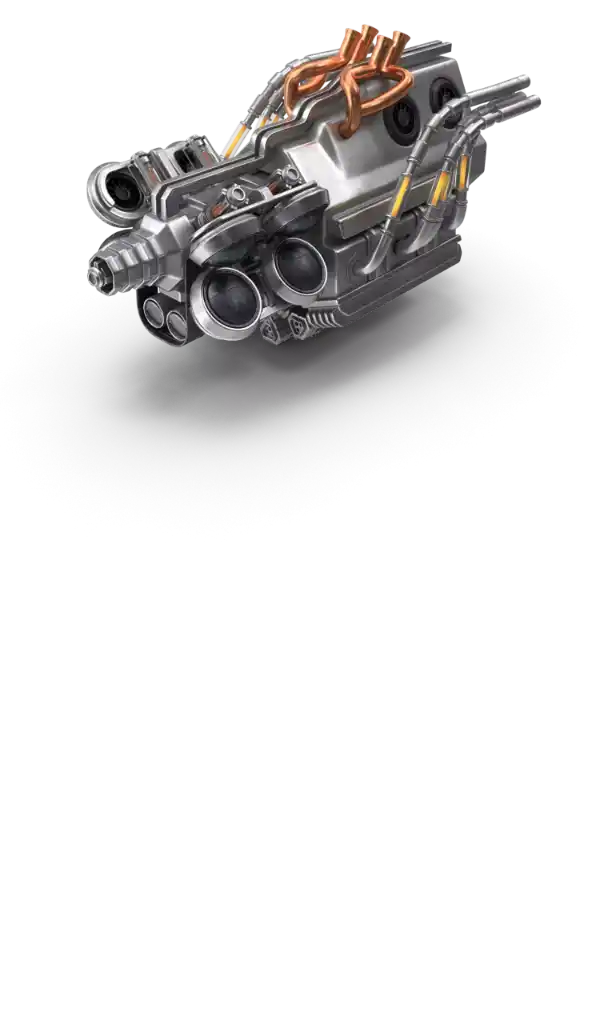Innovation Alphabet
Computational Thinking
In a nutshell
Computational thinking is a way by which humans can reformulate seemingly complicated questions into solvable issues by resorting to intelligence and imagination. It is true – computers can help us solve many headaches. But before we can tackle a problem, it would be necessary to understand the nature of the problem itself and the ways by which to solve it.


Computational thinking resorts to five key techniques. Decomposition (breaking up a complex problem or system into smaller, more manageable parts), pattern recognition (going in search of similarities between and with previously solved problems), abstraction (focusing only on the important information, discarding the irrelevant), algorithms (planning a step-by-step solution or a set of rules), and generalisation (adapting solutions to other problems in order to solve new ones).

Application Fields
An example provided by videogames
Videogames offer an interesting opportunity to train computational thinking within an informal context. Whether they are arcade, fighting, shooter, or survival, whether it is about collecting objects in the shortest possible time or finding an exit without getting caught, the gamer needs to strategize. In fact, students with previous gaming experience plan their activities more spontaneously than those who have always preferred to occupy their free time in other ways. Playing video games can improve problem-solving skills. Got it, parents?
CoderDojo
Listen up, parents, this isn’t just a mere provocation. Computational Thinking is really something. CoderDojo – a global nonprofit movement aimed at forming clubs and organizing free meetings to teach young people about programming – knows it very well. Mentors use the term to describe the underlying patterns that guide the development of computer science curriculum. Check it out.
Do you have a Operations & Human Resources challenge to tackle? Let’s face it. Together.
C-levels from these companies (AND MORE) relied on my expertise to overcome thEIR CHALLENGES IN THIS AREA. And You can, too.
Can I help you?Business Functions
• Computational Thinking in support of education
Google offers a selection of courses to help teachers and students strengthen their thinking faculties. The free “Computational Thinking for Educators” is a training module aimed at teachers that demonstrates how this way of reasoning can integrate a variety of educational subjects.
• Computational Thinking in support of gaining information
Data.gov is a database containing a wealth of information collected by the U.S. federal government. Students can query the website’s open data far and wide, exploring a variety of current topics (from economic growth to the spread of the virus) and expanding their interpretive skills.
• Computational Thinking in support of programming
The Lifelong Kindergarten group of the MIT (Massachusetts Institute of Technology) Media Lab has devised Scratch, a programming community aimed at young coders. Using a drag-and-drop editing mode, students can create animations, games, and simulations without any prior programming knowledge. As a result, they learn to think creatively, reason systematically and work collaboratively.
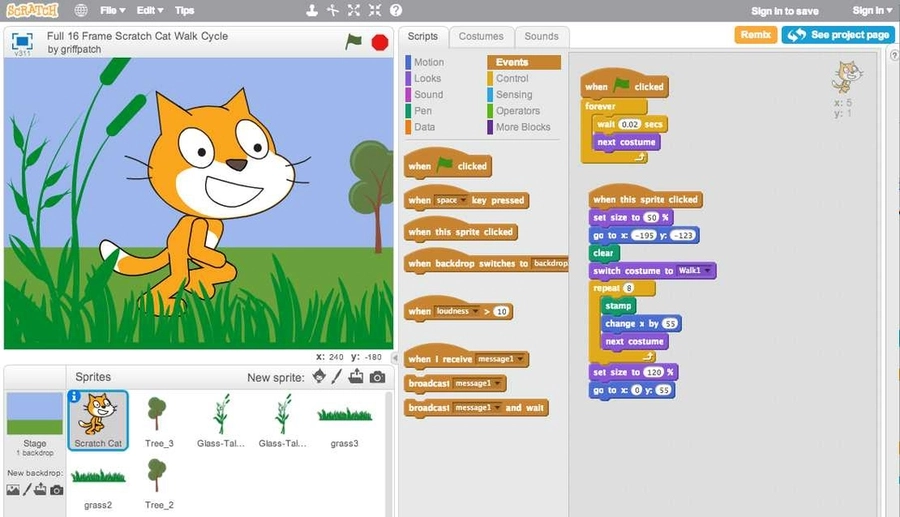
• Computational Thinking in support of design
Thingiverse is an open-source library aimed at sharing 3D printing designs and CAD drawings. The site is aimed at any aspiring designer, engineer or draftsman. It allows you to train yourself by modifying and refining existing models on which to train your computational thoughts.
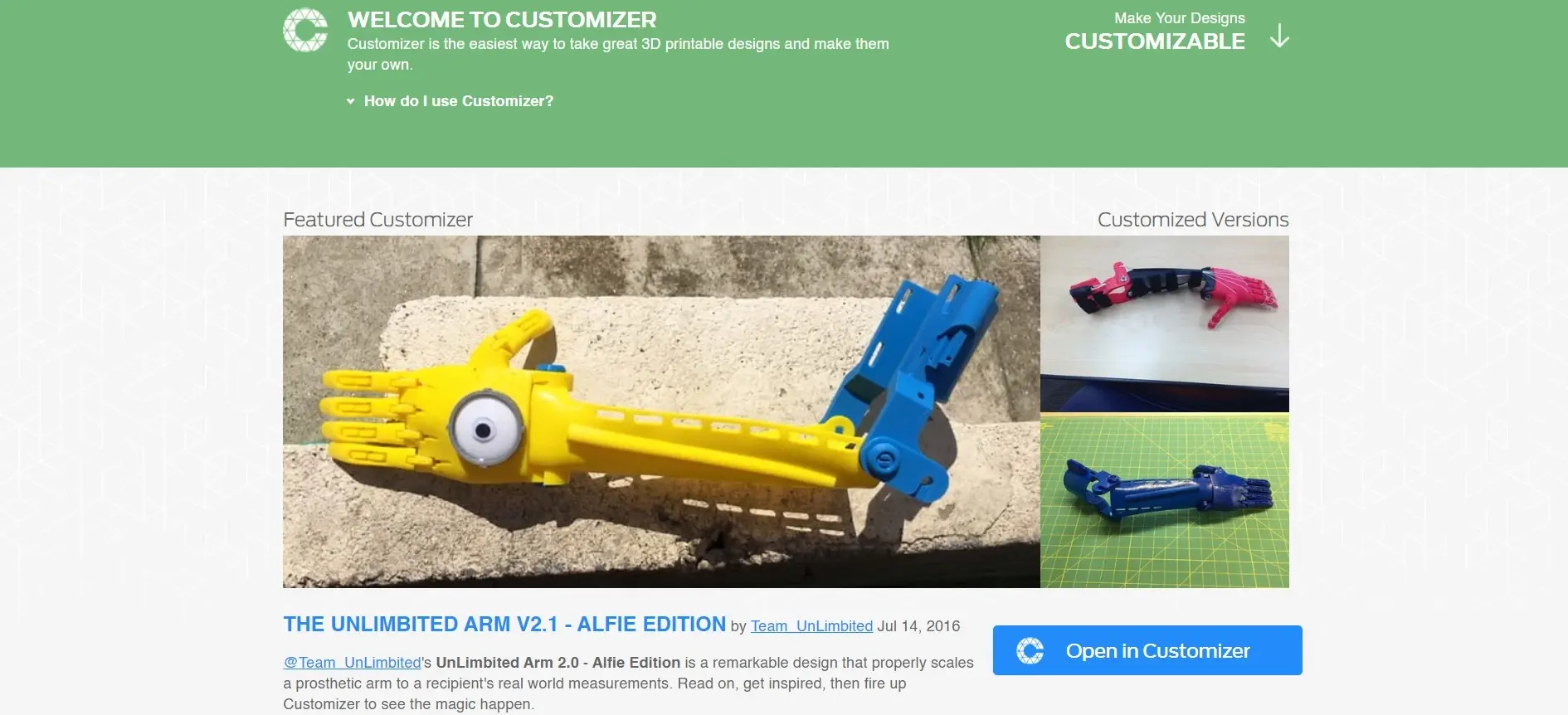
Stay in wonderland
Let me show you how deep the rabbit hole goes.
Check out more of the Innovation Alphabet:
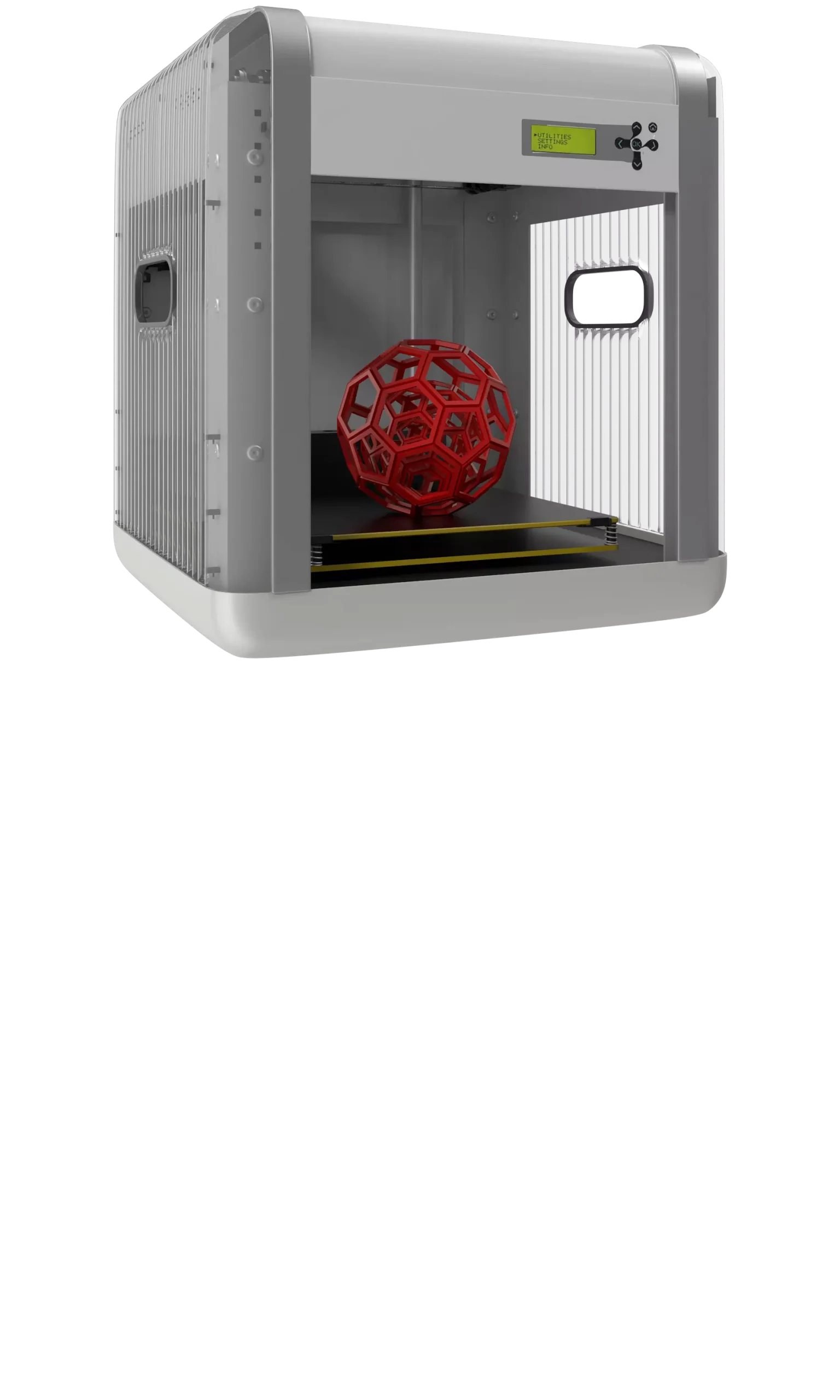
3D Printing
3D Printing
“3D printing” is a process carried out by an electronic device which, instead of resorting to the canonical ink, it molds almost any kind of material: from concrete to living tissue, most usually plastic, but also metal. And the operating principle is similar to that of a traditional printer. The creation of three-dimensional models can lead to the redesign of a company’s production capabilities.
Dive In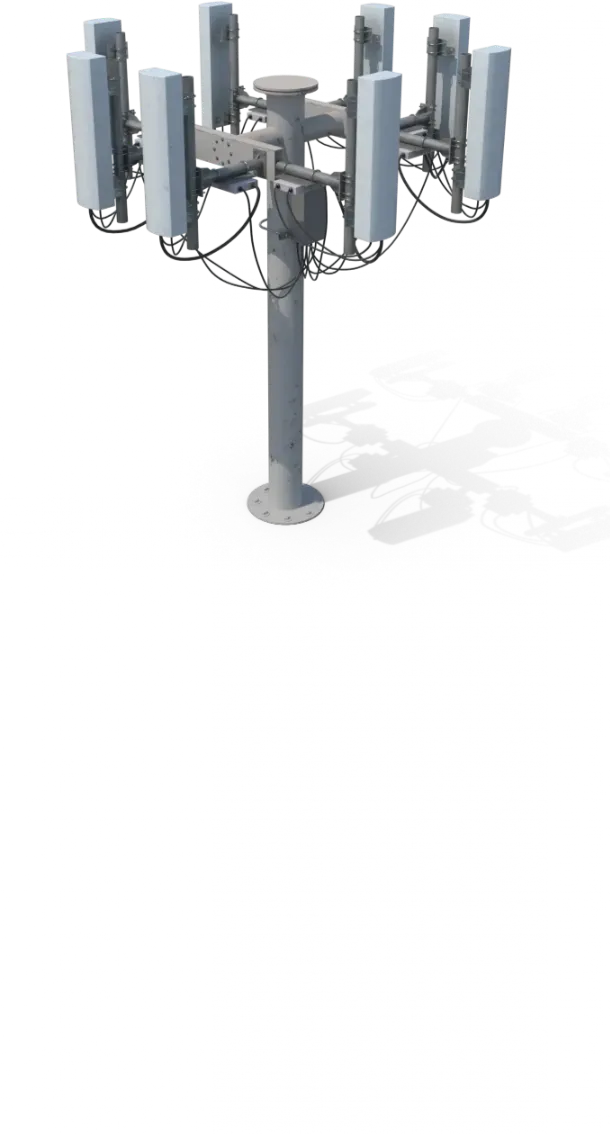
5G
5G
5G is the new frontier of cellular telephony. It was designed to improve (or completely replace) previous generations of mobile networks. The 5th generation features lower latency, ensuring flawless performance of business applications and many other digital experiences – thus enabling the new cultural generations to furiously play Fortnite away from home.
Dive In
Advanced Analytics
Advanced Analytics
The term “Advanced Analytics” refers to the ability to autonomously or semi-autonomously analyze data and content to identify correlations, develop analyses, predictions, and recommendations. It is not just a matter of collecting information and then organizing it into watertight compartments: the ultimate goal is to identify a dialogue pattern from a data-driven perspective.
Dive In
Agile
Agile
Agile is an approach to software development designed to respond to change. Teams quickly analyze the context in which they operate, identify uncertainties faced, and figure out how to adapt to always move forward. Interaction between individuals comes before processes and tools; collaboration with the customer is more important than negotiating contracts.
Dive In
Ansoff Matrix
Ansoff Matrix
The Ansoff Matrix is a marketing planning model that arises from the intersection of new and existing products and markets. It derives four possible strategies for expanding the company’s market, which are built around four variables with a changeable factor of risks and possibilities: existing product, new product, existing market, new market.
Dive In
Artificial Intelligence
Artificial Intelligence
Artificial Intelligence is not strictly defined. Basically, it is a computer system able to make decisions in an independent and flexible way. A good AI application can perform everyday tasks better than an average person (e.g., identifying other people from their photos on social media or beating the best chess player). Nothing to fear, then. Unless you are a chess champion.
Dive In
Artificial Scarcity
Artificial Scarcity
We often tend to desire what we cannot have. Or what we are in danger of losing: Artificial Scarcity is a strategy that flaunts a limited number of items that do not correspond to actual availability. The goal is to stimulate the perception in consumers that the stock of items is about to run out and thus create a need based on the “fear of being cut off” or the intention to buy the item in order to resell it at a higher price.
Dive In
Attack Surface
Attack Surface
The term attack surface refers to the part of a system that may be subject to attack or breach by hackers. The smaller that surface is, the easier it will be to protect it. Indeed, the Internet is an ocean of deep, dark waters: those who navigate it must be aware that they are exposing themselves to a flood of digital risks. Yet, ironically, we do not need a big boat to shelter us.
Dive In
Augmented Reality
Augmented Reality
Augmented Reality is an ever-evolving technology that overlays multimedia information on top of our common sensory horizon to gain a deeper understanding of our surroundings. No, it doesn’t allow you to step out of the Matrix dream simulation, nor can it be accessed by swallowing a red pill. But neither is it the disturbing experience of the Playtest episode of Black Mirror.
Dive In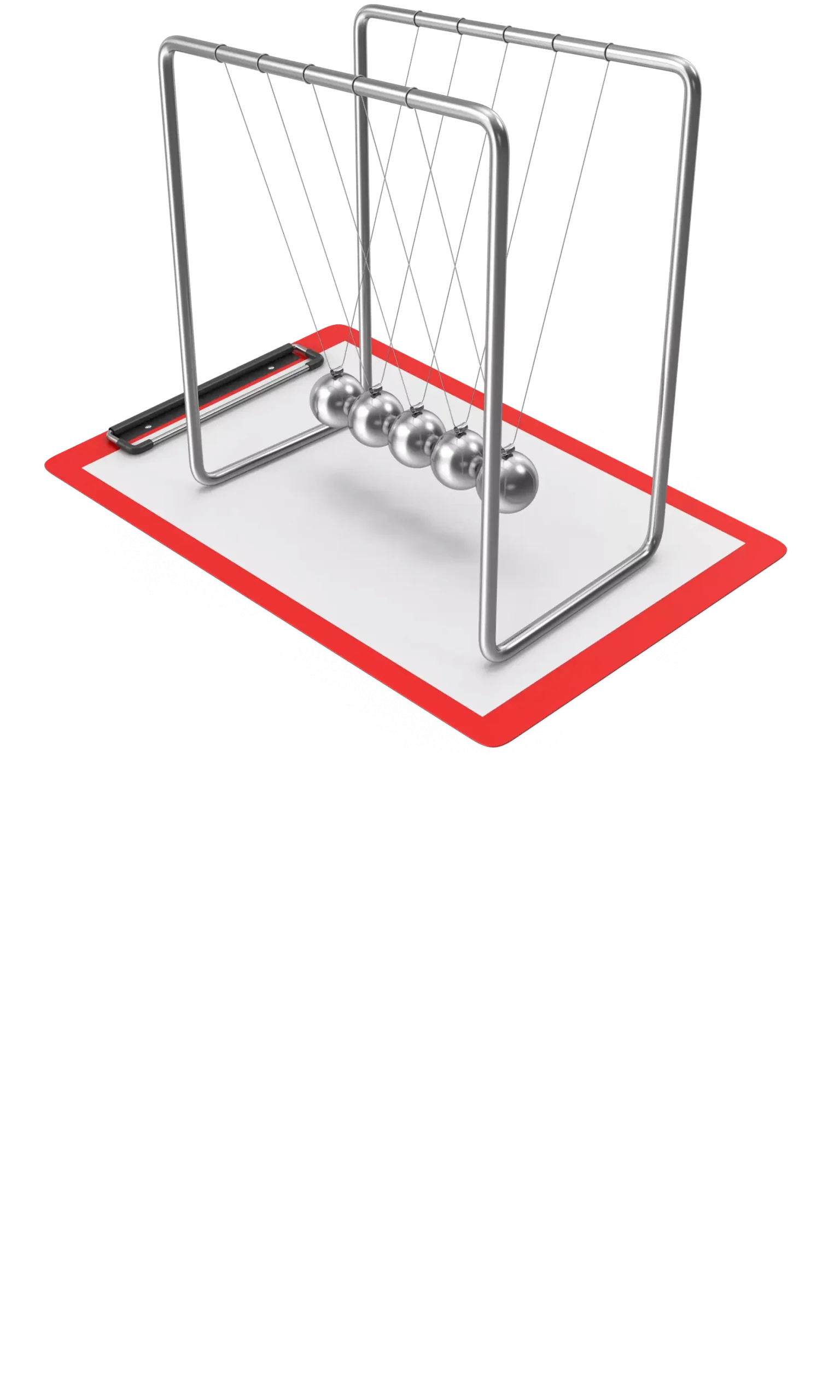
Balanced Scorecard
Balanced Scorecard
In business, as in life, you need balance. The Balanced Scorecard is a holistic tool for strategic management. It offers, in fact, the possibility of assessing corporate performance in its wholeness. An overview that embraces four perspectives: the business/financial side, customers and stakeholders, internal processes, and learning and growth.
Dive In